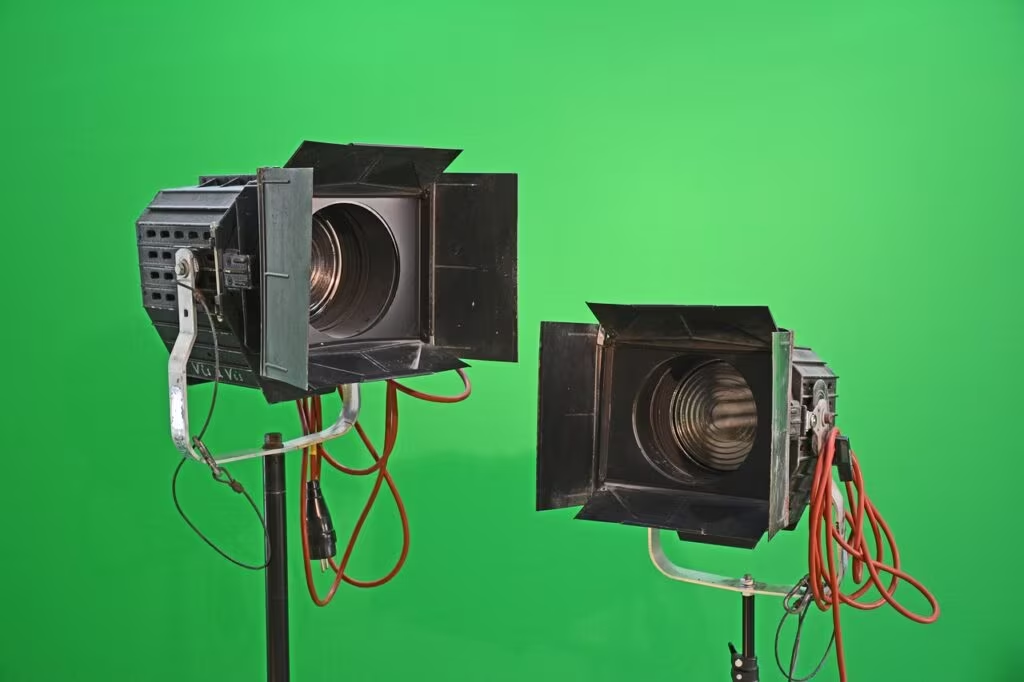Design Meets Intelligence: Ive and Altman Advance AI Hardware Prototype
The highly anticipated collaboration between former Apple design chief Jony Ive and OpenAI CEO Sam Altman has reached a critical milestone: the creation of a functional hardware prototype. This confirmation signals a significant step toward realizing their shared vision for a new category of consumer device dedicated entirely to artificial intelligence interaction.
First announced in late 2023, the partnership aims to redefine the relationship between humans and technology, moving beyond the screen-centric paradigm established by the smartphone. The ultimate goal is to build a device that facilitates a more natural, intuitive, and conversational interaction with advanced AI models.

The Vision: Moving Beyond the Smartphone Interface
While details about the exact form factor of the prototype remain confidential, the core philosophy driving the project is clear: simplicity and ambient computing. The device is intended to serve as a pure conduit for AI, minimizing the distractions inherent in current multi-purpose devices like smartphones and tablets.
Ive, through his design firm LoveFrom, is applying the minimalist principles that defined Apple’s most successful products. Altman’s involvement ensures the device is deeply integrated with cutting-edge large language models (LLMs), likely leveraging the power of OpenAI’s technology.
This approach directly addresses a growing critique of current AI integration, which often feels tacked onto existing operating systems. A dedicated AI device promises several key advantages:
- Focus on Conversational Interaction: Prioritizing voice and natural language over graphical user interfaces (GUI).
- Ambient Utility: Designed to be present and helpful without demanding constant attention, contrasting with the addictive nature of smartphones.
- Optimized Performance: Hardware specifically engineered to run or access sophisticated AI models efficiently.
The Role of LoveFrom
LoveFrom, the design firm founded by Ive after leaving Apple, is central to the project’s development. The firm is known for its commitment to simplicity and user experience (UX). Their involvement suggests that the final product will prioritize aesthetics and seamless human-computer interaction (HCI) as much as technical capability. This focus on design is crucial for mass-market adoption, especially in a nascent category.
Timeline and Financial Backing
According to statements made by Ive and Altman, the project is progressing rapidly, with the potential for a consumer launch within the next two years (placing the projected release window around 2026 or 2027). The confirmation of a functional prototype validates this aggressive timeline.
This venture is backed by substantial financial resources, highlighting the seriousness of the endeavor. The project has secured funding from several high-profile sources, including:
- OpenAI: Providing strategic investment and access to its foundational AI models.
- Masayoshi Son (SoftBank): The influential SoftBank CEO has expressed significant interest in the project, potentially contributing substantial funding. Son views this type of dedicated AI hardware as the next major platform shift, succeeding the mobile era.

The Significance of SoftBank’s Interest
SoftBank’s potential involvement is highly consequential. Masayoshi Son has a history of making massive bets on technologies he believes will define the next generation of computing. His interest suggests that industry leaders see this dedicated AI device not as a niche product, but as a potential successor to the smartphone, capable of capturing a significant share of the global consumer electronics market.
“The idea is to create a device that feels less like a tool you operate and more like a helpful, intuitive presence,” a source close to the project noted, emphasizing the shift toward seamless integration rather than application-based usage.
The Competitive Landscape of Dedicated AI Devices
Ive and Altman are not alone in recognizing the need for new AI-centric hardware. The market is already seeing early entrants attempting to carve out this space, though none possess the combined design and AI authority of the Ive-Altman partnership.
Key competitors and parallel projects include:
- Humane’s Ai Pin: A screenless, wearable device focused on projection and voice interaction. It represents an early attempt to break the smartphone mold, though its initial reception has been mixed.
- Rabbit R1: A small, dedicated gadget powered by a Large Action Model (LAM), designed to execute complex tasks across apps using natural language commands.
- Existing Tech Giants: Companies like Apple, Google, and Amazon are heavily integrating AI into their existing hardware ecosystems, potentially offering similar functionality through software updates rather than new dedicated devices.
What differentiates the Ive-Altman venture is the fundamental belief that the AI experience requires a complete hardware and software redesign, rather than adaptation. Their success hinges on creating a device that is not just technically capable, but also aesthetically desirable and profoundly simple to use—hallmarks of Ive’s previous work.

Key Takeaways for the Consumer Technology Market
The confirmation of a functional prototype marks a pivotal moment in the development of post-smartphone consumer technology. For readers tracking the evolution of AI and hardware, these are the essential points:
- Prototype Confirmation: Jony Ive and Sam Altman have successfully moved their ambitious AI hardware concept into the physical prototype stage.
- Timeline: A consumer launch is projected within the next two years (2026/2027), indicating rapid development.
- Design Philosophy: The device will prioritize minimalist design (LoveFrom) and conversational AI (OpenAI), aiming for ambient utility over screen-based interaction.
- Market Impact: The project is attracting significant capital, signaling that major investors view this dedicated hardware category as the next potential platform shift.
Conclusion: The Platform Shift Ahead
In 2025, the technology industry is grappling with how to best deliver the power of generative AI to the masses. While software integration dominates, the Ive-Altman partnership represents a powerful argument for a radical hardware reset. By combining Ive’s unparalleled expertise in creating iconic, user-friendly devices with Altman’s leadership in foundational AI, the project is uniquely positioned to define the look and feel of the next generation of personal computing.
If successful, this dedicated AI device could fundamentally alter how consumers interact with digital services, shifting reliance away from the multi-functional smartphone toward specialized, intelligent hardware that truly understands and anticipates user needs. The prototype is the first tangible evidence that this future is rapidly approaching reality.
Original author: Stevie Bonifield
Originally published: November 24, 2025
Editorial note: Our team reviewed and enhanced this coverage with AI-assisted tools and human editing to add helpful context while preserving verified facts and quotations from the original source.
We encourage you to consult the publisher above for the complete report and to reach out if you spot inaccuracies or compliance concerns.

